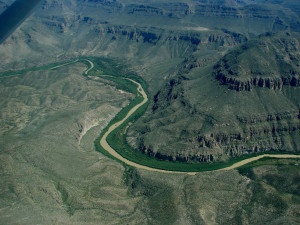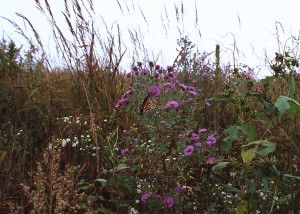We have much more to do and your continued support is needed now more than ever.
Preventing a Growing Risk

There is an old proverb that goes something like, “the road to hell is often paved with good intentions.” As America moves forward with important efforts to expand advanced bioenergy as an alternative to fossil fuels, we may well be fueling the potential for an invasive species catastrophe.
Widespread cultivation of non-native and genetically modified species for bioenergy is becoming increasingly likely. According to a new report by the National Wildlife Federation, some of the very characteristics that make a plant particularly useful as a source of bioenergy, such as rapid growth, competitiveness, and tolerance of a range of climate conditions, are the same characteristics that make a plant a potentially highly invasive species. And the risk is by no means trivial. Invasive species are one of the primary threats to North American native species and ecosystems, and efforts to control invasive species, combined with economic losses due to the degradation or destruction of critical ecosystem functions, cost billions of dollars in the United States each year.
Consider Arundo donax (or giant reed), which is being cultivated as a bioenergy crop in Florida and Oregon and is being considered in North Carolina, despite the fact that it has invaded vast areas of riparian ecosystems and displaced habitat for native species from California and Texas to South Carolina. California alone has spent tens of thousands of dollars per acre to try to eradicate the plant. And dozens of species of both native and non-native algae, such as Cylindro–which is known to cause toxic algal blooms throughout the Great Lakes region–are being viewed as the next great generation of bioenergy feedstocks.

Most importantly, we should focus our bioenergy investments on efforts that use ecologically beneficial biomass feedstocks, including native grasses such as switchgrass and waste materials. Several businesses across the country, including the Show Me Energy Cooperative in Missouri and Parabel in Florida, are proving that projects using native, locally adapted species can be a win-win proposition for our economy and our environment.
The report Growing Risk: Addressing the Invasive Potential of Bioenergy Feedstocks is available at www.nwf.org/growingrisk.





















